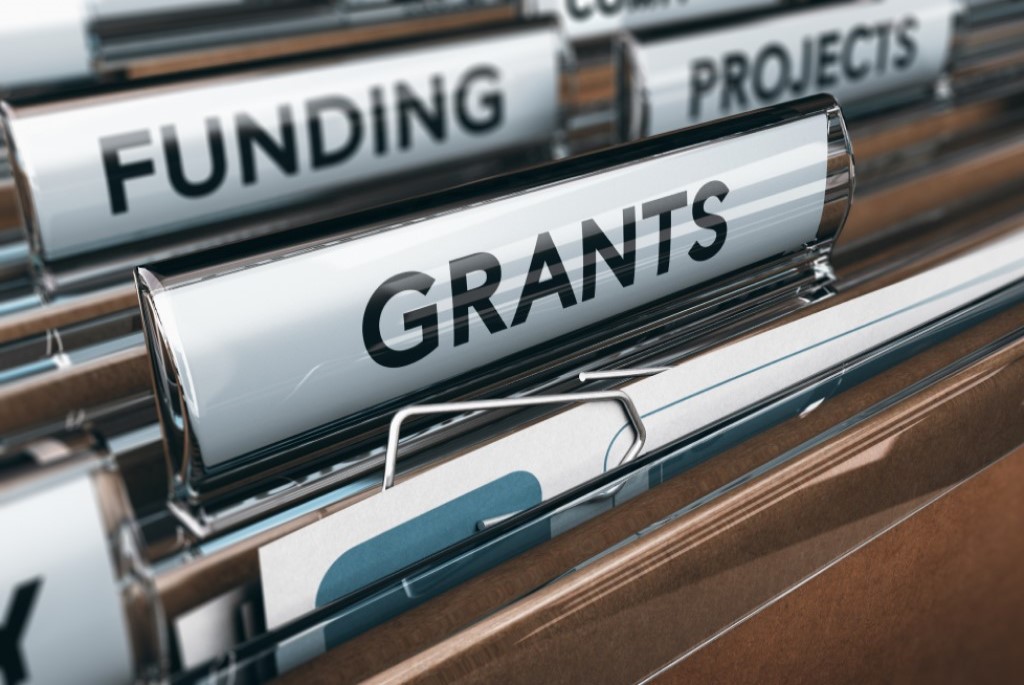Effective May 21, 2023, P&N has joined EisnerAmper. Read the full announcement here.

Last updated on 6/10/2020
Regardless of the uncertainty that the COVID-19 pandemic continues to cause for state and local governments and not-for-profit organizations, the procurement of necessary services, materials and supplies, and even property must go on. Through a variety of existing programs and grants and the newly-established Coronavirus Relief Fund, the CARES Act expanded the funding available to state and local governmental entities. Some of this federal funding may also trickle down to not-for-profit organizations, such as charter schools and food banks.
However, with federal assistance comes federal regulation. Understanding the often-complex requirements may be daunting. When states are procuring property and services, they must follow their own established policies and procedures for non-federal funds. All other non-federal entities must follow the general procurement standards described in 2 CFR 200.318. Additionally, local governments in Louisiana must follow RS:38.2211, et seq. (the state bid law), when it is more restrictive.
Related Article: Preparing to Receive Federal Grant Awards
Procurement Standards
The general procurement standards cover the purchase of property, supplies, and services under Uniform Guidance. These standards require non-federal entities to use their own documented policies and procedures which reflect applicable state and local laws and regulations if they conform to federal law. Non-federal entities must complete the following throughout the procurement process:
- Document written policies and procedures;
- Establish that costs are reasonable and necessary;
- Provide for full and open competition;
- Maintain written standards of conduct covering internal and external conflicts of interest; and
- Maintain documentation addressing cost and price analysis along with vendor selection when required by certain methods of procurement.
The non-federal entity’s procedures must avoid unnecessary or duplicative items. The standard also encourages the use of intergovernmental or inter-entity agreements for common or shared services. Whenever feasible, a non-federal entity should use surplus property in lieu of purchasing new equipment if it reduces project costs. Finally, a non-federal entity must take all necessary steps to use minority businesses, women’s business enterprises, and labor surplus area firms when possible. However, this requirement may not apply depending on the awarding agency. In memorandum M-20-17, dated March 19, 2020, the Office of Management and Budget granted awarding agencies the ability to waive this requirement.
Methods of Procurement
Uniform Guidance established five available methods of procurement described in 2 CFR Section 200.320. A summary of these five methods are below:
- Micro-purchases that are less than $10,000 do not require competitive quotes, but should spread purchases out among qualified suppliers.
- Small purchases (between $10,000 and $250,000) require rate quotes from an adequate number of qualified sources.
- For procurements over $250,000, sealed bids are preferred for construction contracts and should be obtained from two or more qualified bidders, must be publicly advertised, and the lowest bidder awarded the fixed price contract.
- When sealed bids are not deemed appropriate, a competitive proposal can be used for either a fixed price or cost reimbursement contract. A written policy for conducting technical evaluations of reviewing proposals and selecting the recipient must exist. The most advantageous bid wins based on price and other factors established in the request for proposal.
- Non-competitive proposals are allowed in certain circumstances.
A noncompetitive proposal is a procurement through solicitation of a proposal from only one source (sole source). During times of a public exigency or emergency (E&E), sole-sourcing is allowed.
Under federal regulations, an emergency is defined as a need to alleviate a threat to life, public health or safety, or to improve property. An exigency is the need to avoid, prevent, or alleviate serious harm or injury, financial or otherwise. The COVID-19 pandemic qualifies as an E&E circumstance. As such, non-federal entities may use sole sourcing under this exception for contracts entered into after January 27, 2020. Procurements by sole-source must be justified with documentation and a transition to a competitive method is required once the period of exigency or emergency ends. Although it is not a requirement, best practices dictate that to support fair pricing, price quotes should be obtained and documented.
Since this was a public health emergency, the emergency declaration was made by the Secretary of the Department of Health and Human Services (HHS). A declaration lasts for the duration of the emergency or 90 days, but can be extended. On April 21, 2020, the Secretary renewed his declaration of the emergency.
While the declaration of an emergency at the federal level is more global and applied to all federal agencies, regulations in the state of Louisiana require that an emergency be certified by the public entity in a public session. The state bid law requirements may be waived by providing notice in the official journal within 10 days of declaring the emergency. In the event of an extreme emergency (a catastrophic event that causes the loss of the ability to obtain a quorum or the members to certify the emergency), the public entity may make such purchases to deal with the emergency immediately. The agency head (i.e., the president of the police jury, the president of the parish council, the mayor, or a person designated on their behalf) shall declare the extreme emergency exists and publish this in the official journal within 10 days or as soon as practicable.
Documentation
A history of the procurement process must be documented. This includes the rationale for the method of procurement used, selection of the type of contract, selection of the contractor, and the basis for the contracted price. For contracts over $250,000, this would also include a cost or price analysis, bonding requirements related to construction or facility improvements, and certain contract language. Cost Plus contracts are prohibited and time and material contracts are allowed only after it has been determined no other contract type is suitable.
The procurement contract must be awarded to a responsible contractor. Responsible contractors are those that possess the ability to perform successfully under the terms and conditions of the contracts, has integrity, complies with public policy, has a record of past performance, and has the financial and technical resources to fulfill the terms of the contract.
The use of pre-existing contracts that may not be in compliance with federal regulations during the E&E period may still be possible if documented appropriately. Non-federal entities should review the requirements applicable during E&E and take actions to modify pre-award or pre-existing contracts where applicable and justify the use of sole-sourced contracts with the requirements noted above.
As a reminder, all non-federal entities that receive federal funds passed through a state agency must also maintain compliance with state regulations.
Need help?
P&N stands ready to assist you with navigating the above regulations and can provide information to help you achieve compliance with those guidelines. Please contact one of P&N’s Governmental Niche Team members or call us at 800-259-2922 to start a discussion.




